1. Life
Rofū Miki's life journey was marked by early literary success, a profound spiritual transformation, and a lasting impact on Japanese literature, particularly in the fields of symbolism and children's songs.
1.1. Birth and Family Background
Miki was born Masao Miki on June 23, 1889, in Tatsuno, Hyōgo Prefecture, as the eldest son of Setsujirō Miki, a banker, and Kata Midorikawa (1869-1962). His mother, Kata, was a notable figure in the women's movement during the Meiji period and also worked as a nurse; she had married at the age of 15. Rofū had a younger brother, Tsutomu, and a younger half-brother, Michio Midorikawa, who became a film cameraman. When Miki was five years old, his parents divorced in 1895 due to his father's dissolute lifestyle. Following the divorce, his mother took his younger brother, while Rofū was taken in and raised by his paternal grandfather, who served as the first mayor of Tatsuno. The Miki family also had a connection to the acclaimed writer Doppo Kunikida, whose great-grandmother was from the Miki family.
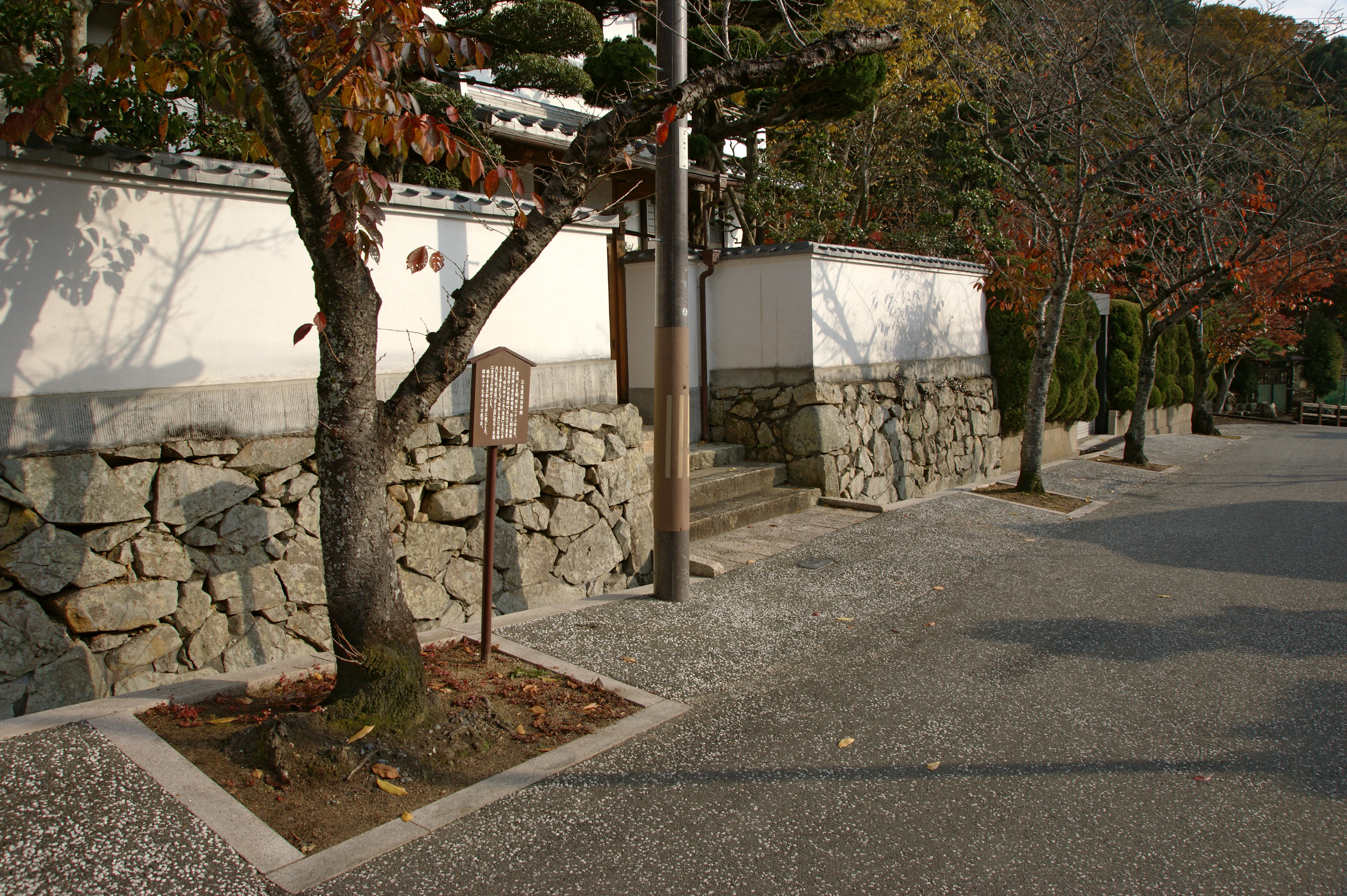
1.2. Education
Miki began his education in Tatsuno, attending both elementary and middle school there. He was considered a precocious talent, contributing poems, haiku, and tanka to newspapers and magazines even during his elementary and middle school years. Although he entered middle school as a top student, his intense focus on literature made graduating difficult, leading him to transfer to Shizutani School in Okayama Prefecture. His dedication to literature continued during his attempts to enter high school in Tokyo, where he reportedly failed entrance exams due to his literary immersion. He later pursued higher education in literature at Waseda University and Keiō University in Tokyo.
1.3. Early Literary Activities
Miki's entry into the literary world began early in his student life. At the age of 17, in 1905, he published his debut collection of poems, titled Natsu-hime (夏姫Summer PrincessJapanese). Two years later, in 1907, he co-founded the Waseda Poetry Society (早稲田詩社Waseda ShishaJapanese) with other prominent poets such as Kyofu Soma and Ujo Noguchi. It was around this time that he shifted his focus entirely from tanka to poetry, becoming incredibly prolific, publishing works in several magazines each month. In 1909, at the age of 20, he released his representative poetry collection, Haien (廃園HaienJapanese), often translated as The Ruined Garden or Abandoned Garden, which garnered significant attention for its use of free verse. Miki quickly gained recognition as an early talent and was frequently compared to Hakushū Kitahara in terms of style and stature. The two poets were instrumental in shaping the "Hakuro Jidai" (白露時代White Dew EraJapanese), a significant period in modern Japanese poetry. In 1912, he published Doppo Shishu (独歩詩集Doppo's Poetry CollectionJapanese), connecting to his family's historical ties with Doppo Kunikida. Despite his burgeoning success, a period of illness in 1908 led to hospitalization and a return home for recovery. The death of his grandfather in 1911, who had been a parental figure, plunged Miki into a period of deep personal struggle. However, he emerged from this period to publish Shiriki Te no Karyudo (白き手の猟人Hunter with White HandsJapanese) in 1913, a work that solidified his mastery of symbolist poetry. He also co-founded the Mirai-sha (未來社Future SocietyJapanese) literary group, which advocated for pure art, alongside poets like Ryuko Kawaji, Yaso Saijo, and Takeshi Yanagisawa. Despite his prolific and successful literary output during this period, Miki grappled with deep solitude and emptiness, which eventually led him to explore religious faith alongside his poetic endeavors.
2. Literary Career and Achievements
Rofū Miki's literary career was marked by his pioneering role in Japanese symbolism, his profound influence on children's literature, and his exploration of various prose forms, including essays and religious writings.
2.1. Symbolism and Major Poetry Collections
Miki Rofū is considered one of the foremost representatives of Japanese symbolism. His early work, particularly Haien (1909), was groundbreaking for its embrace of free verse and its evocative, symbolic imagery, quickly establishing him as a significant voice in the literary scene. Alongside his contemporary, Hakushū Kitahara, Miki contributed to a period known as the "Hakuro Jidai," which was characterized by a new wave of symbolic and aesthetic poetry in Japan. His subsequent collections, such as Sabishiki Akebono (寂しき曙Lonely DawnJapanese, 1910) and Shiriki Te no Karyudo (白き手の猟人Hunter with White HandsJapanese, 1913), further deepened his exploration of symbolist themes, developing a sophisticated and complete world of symbolic expression. These works cemented his reputation as a master of the symbolist poetic form, showcasing his command of language and his ability to evoke profound emotional landscapes.
2.2. Children's Literature and "Akatombo"
Around 1918, Miki Rofū became actively involved in the "Akai Tori" (赤い鳥Red BirdJapanese) movement, led by Miekichi Suzuki, which sought to revolutionize children's literature in Japan. He contributed extensively to Suzuki's newly founded children's literature magazine, also titled Akai Tori. Within this movement, Miki played a crucial role in developing dōyō, a new genre of children's verses and songs that prioritized high artistic quality, aesthetic beauty, and emotional depth. His contributions helped elevate children's literature from didacticism to an art form. In 1921, he published Shinjushima (真珠島Pearl IslandJapanese), a collection of verses for children. This collection included the poem "Akatombo" (赤とんぼRed DragonflyJapanese), which was famously set to music by the renowned composer Kōsaku Yamada in 1927. "Akatombo" quickly became one of Japan's most beloved songs, celebrated for its nostalgic melody and poignant lyrics about red dragonflies and childhood memories. Its enduring popularity was highlighted in 1989 when it was voted Japan's favorite song in a survey conducted by the NHK show "Japanese Songs, Hometown Songs." The song's cultural significance is further commemorated by a large wall-sized monument with memorial plaques erected in Miki's hometown of Tatsuno.
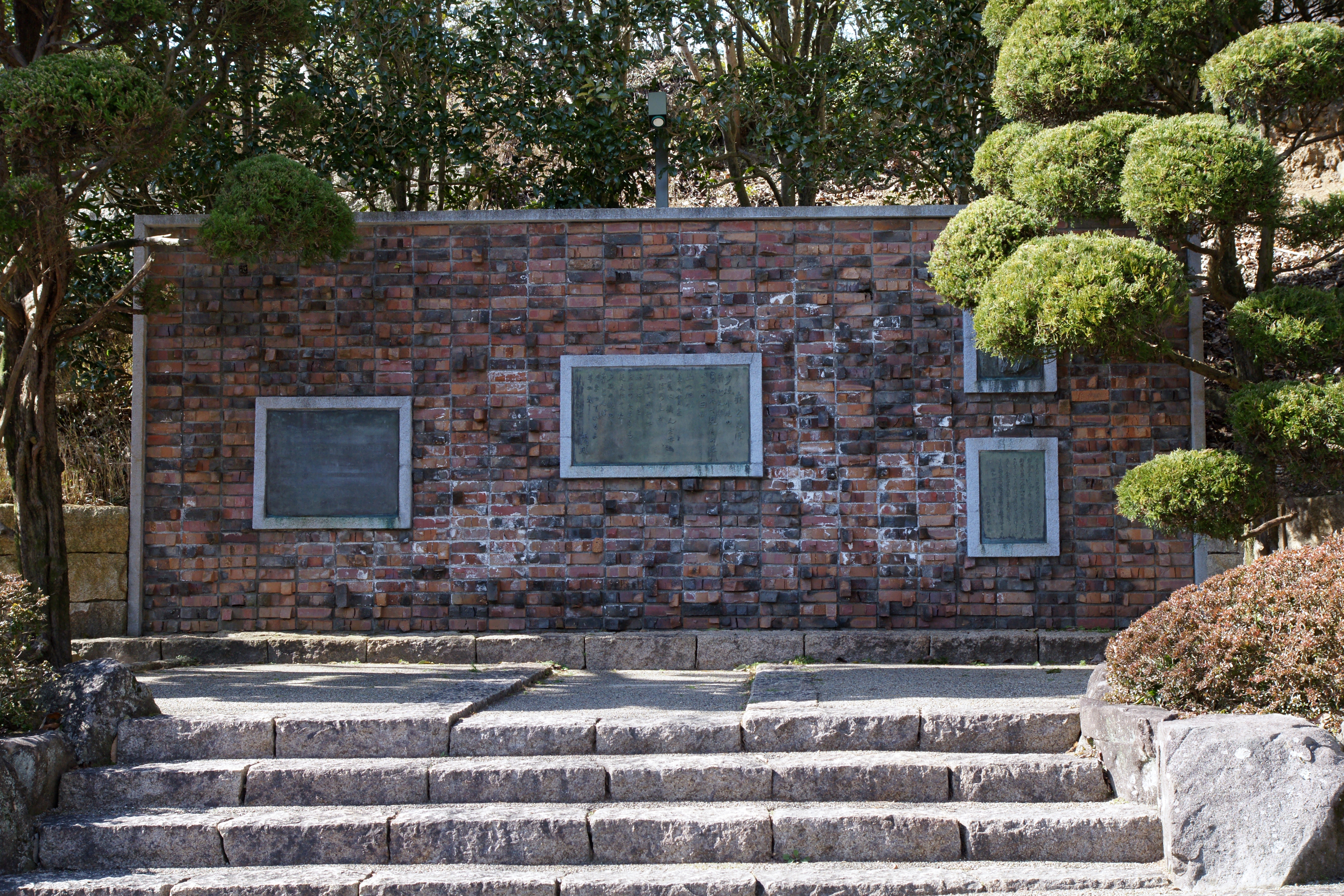
2.3. Essays and Religious Writings
Beyond his celebrated poetry and children's literature, Miki Rofū was also a prolific essayist and author of works with a strong religious and philosophical bent. His spiritual journey, particularly his conversion to Catholicism, deeply influenced his prose. Key works reflecting his faith include the essays Shūdōin seikatsu (修道院生活Monastery LifeJapanese, 1926) and Nihon katorikkukyōshi (日本カトリック教史History of Catholicism in JapanJapanese, 1929). These writings explored his experiences in the Trappist monastery and his extensive research into the history of Catholicism in Japan. His essays often intertwined personal reflections with broader themes of spirituality, art, and the human condition. Other notable essay collections include Shūdōin sappitsu (修道院雑筆Monastery NotesJapanese, 1925) and Waga ayumeru michi (我が歩める道My PathJapanese, 1928), offering insights into his evolving worldview and literary philosophy.
3. Religious Life and Monastery Experiences
Miki Rofū's spiritual quest led him to embrace Catholicism, and his time spent in a Trappist monastery profoundly shaped his life and significantly influenced his literary output, particularly his later works.
3.1. Baptism and Catholic Faith
From 1916 to 1924, Miki Rofū resided and worked at a Trappist monastery in Kamiiso, Hokkaido (now part of Hokuto). During this period, he served as a lecturer in literature. His stay at the monastery deeply resonated with him, and he underwent a significant spiritual transformation. After publishing Genso no Den'en (幻の田園Illusory CountrysideJapanese, 1915), which marked a turning point in his integration of faith and poetry, he went on to publish the religious poetry collection Ryōshin (良心ConscienceJapanese, 1915) based on his experiences there. He made two more stays at the monastery before accepting a permanent lecturer position for literary theory and aesthetics in May 1920, settling there for approximately five years. It was during this period, in 1922, that he was baptized and officially joined the Catholic faith, taking the Christian name Paul. His deep faith continued to develop, leading him to publish religious poems and essays, and to engage in proselytizing activities through lectures.
4. Later Years and Residence
After his period at the Trappist monastery, Miki Rofū established a long-term residence in Mitaka, Tokyo, where he continued his literary pursuits and contributed to the local community. In 1924, he moved from Hokkaido and settled in Mure, Mitaka, Tokyo. From 1928, he made this area his home for 36 years until his death in 1964. At that time, Mitaka was a rural area characterized by mulberry fields and wooded groves, resembling the Musashino farmlands, with Mure's rice paddies often shrouded in mist during the evening. Miki Rofū developed a deep affection for the natural environment of this area. Given that Tatsuno Castle in his hometown was also known as "Kajō" (霞城Mist CastleJapanese), he named his newly built residence in Mure "Enkaso" (遠霞荘Distant Mist VillaJapanese). His former residence in Mitaka stood until 1990. Today, only a pine tree from its garden remains, and the site, located at Mure 4-17-18, Mitaka City, is marked by an information board designated as the "Rofū Miki Former Residence Site" by Mitaka City.
5. Death
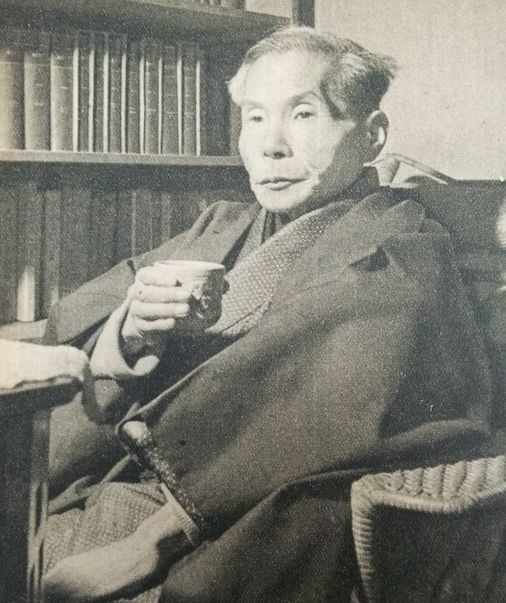
On December 21, 1964, at approximately 9:15 AM, Miki Rofū was involved in a tragic accident. As he was leaving a post office in Shimorenjaku, Mitaka City, he was struck by a taxi. He was rushed to the hospital suffering from severe head injuries, including a skull fracture, and remained unconscious. After eight days, on December 29, 1964, he succumbed to a brain hemorrhage and passed away at the age of 75. Coincidentally, Kōsaku Yamada, who had composed the music for Miki's famous song "Akatombo," died on the exact same day one year later. Miki's funeral was held on December 31, followed by cremation at the Tama crematorium. A farewell ceremony took place on January 18 of the following year at the Catholic Kichijoji Church. His grave is located at the Daiseiji Separate Temple Cemetery in Mure 2-14-16, Mitaka City. He was posthumously given the Buddhist name Akiunin Akatombo Koji (穐雲院赤蛉露風居士Autumn Cloud Monastery Red Dragonfly Rofū Lay BuddhistJapanese).
6. Legacy and Commemoration
Rofū Miki's literary works and life have left an indelible mark on Japanese culture, leading to widespread public recognition and numerous commemorative initiatives.
6.1. Cultural Impact of "Akatombo"
The children's song "Akatombo" (Red Dragonfly), with lyrics by Miki Rofū and music by Kōsaku Yamada, holds immense cultural significance in Japan. Its widespread popularity has made it one of the nation's most cherished songs, often associated with nostalgia for childhood and traditional Japanese landscapes. In 1989, it was voted Japan's favorite song in a survey conducted by NHK, underscoring its enduring presence in the national consciousness. The song's melody is utilized as the evening chime for Mitaka City's disaster prevention radio, and the city's community bus, "Mitaka City Bus," is affectionately known as the "Akatombo Bus," featuring a red body and a dragonfly emblem. These integrations into daily life demonstrate the song's deep cultural penetration and its status as a beloved symbol.
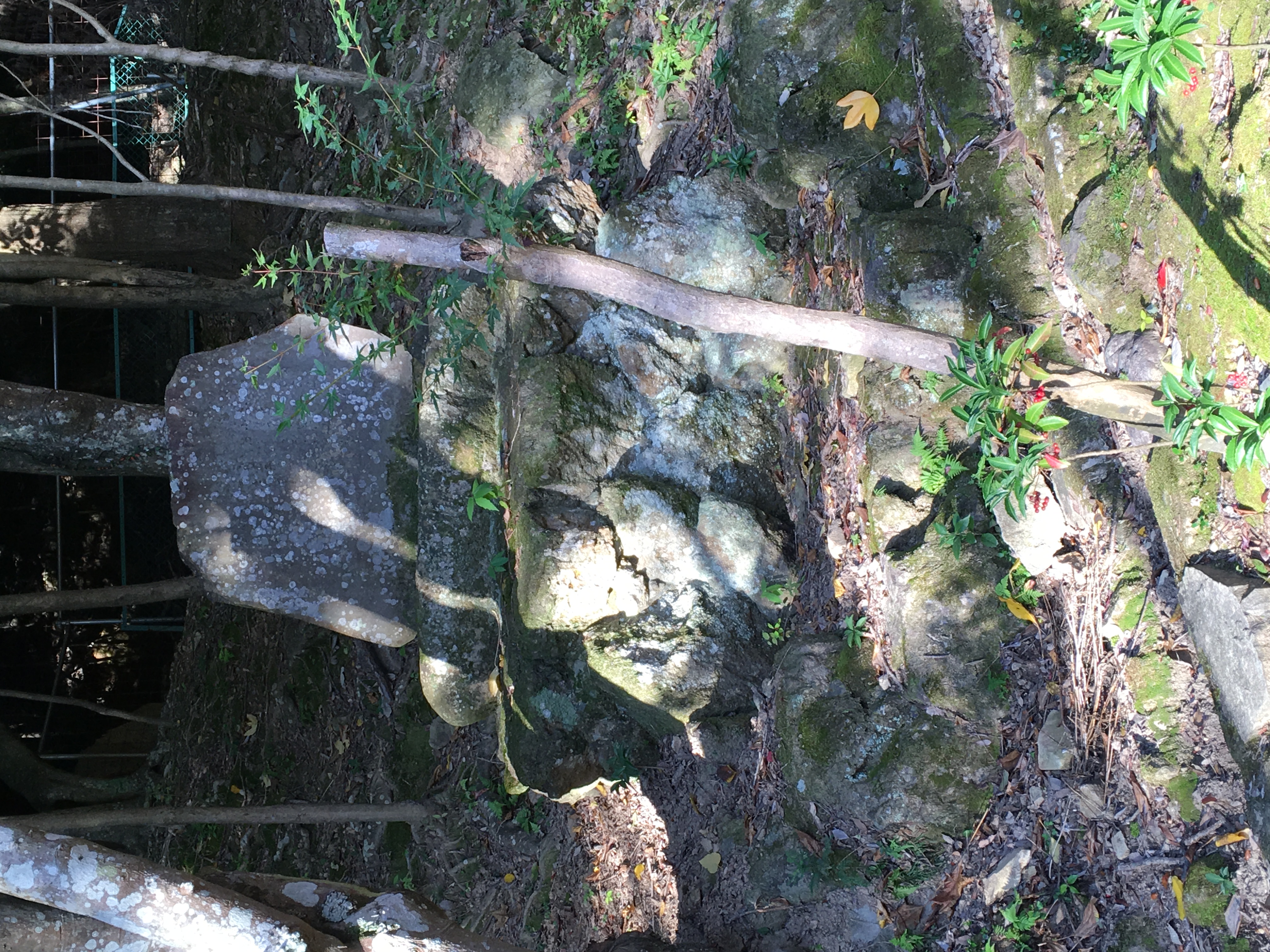
6.2. Commemorative Projects and Places
Miki Rofū's contributions are extensively commemorated in both his hometown of Tatsuno, Hyōgo Prefecture, and his long-term residence in Mitaka, Tokyo.
- Tatsuno City:** Since 1985, Tatsuno City (which expanded through a municipal merger on October 1, 2005) has annually hosted the "Miki Rofū Award: New Dōyō Contest," a children's song competition named in his honor. The Kasumijo-kan (霞城館Mist Castle HallJapanese) in Tatsuno City is a literary museum dedicated to his legacy. Shiragiyama Park (白鷺山公園White Egret Mountain ParkJapanese) in Tatsuno features an "Akatombo" song monument. The Nyoraiji Temple (如来寺Nyorai-jiJapanese) in Tatsuno City houses a statue of Rofū Miki, a brush monument, and a song monument.
- Mitaka City:** In 2001, Tatsuno City and Mitaka City formed a sister city partnership in honor of Miki Rofū's legacy, reflecting his significance to both regions. Mitaka Municipal Takayama Elementary School (三鷹市立高山小学校Mitaka Shiritsu Takayama ShōgakkōJapanese), established in 1959 at Mure 4-6-12, had its school song penned by Miki in 1963, as he lived nearby. The school maintains a "Miki Rofū Corner" displaying his original manuscripts and a chronology of his life. In February 2009, to commemorate the 120th anniversary of his birth, Mitaka City opened the "Akatombo Children's Park" (赤とんぼ児童遊園Akatombo Jidō YuenJapanese) in Mure, the area where he lived for decades. This park, developed as part of the Mitakadai housing complex redevelopment, features a monument to the "Akatombo" song and other monuments detailing Miki's life. Additionally, a statue depicting the "Akatombo" sisters stands along Chuo-dori (Central Avenue) at the south exit of Mitaka Station. His grave is located at the Daiseiji Separate Temple Cemetery in Mure 2-14-16, Mitaka City.
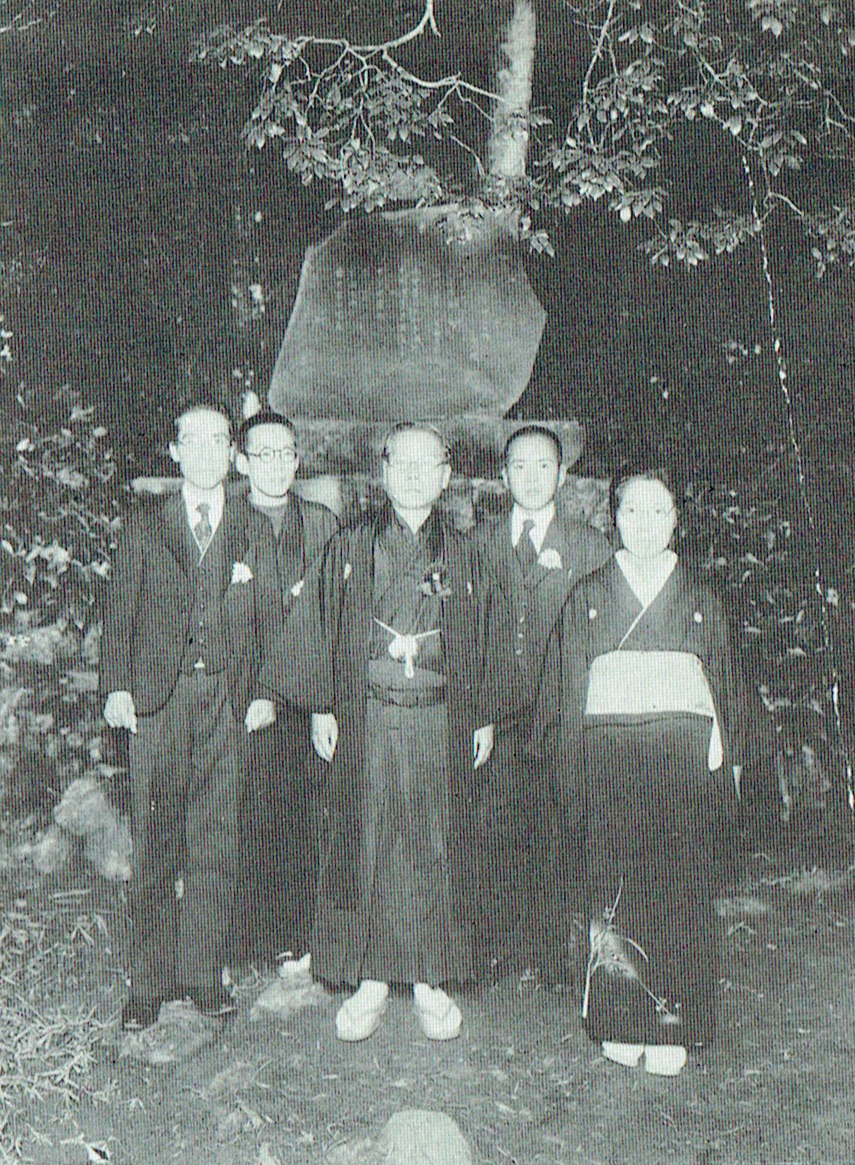
6.3. Awards and Honors
Rofū Miki received several prestigious awards and honors throughout his lifetime and posthumously, recognizing his significant contributions to Japanese literature and culture:
- 1927:** Awarded the Order of the Holy Sepulchre by the Vatican, specifically the 4th class Chevalier Saint Sépulcre (Knight of the Holy Sepulchre) and the title of Holy Knight.
- 1963:** Awarded the Japanese Medal of Honor with a purple ribbon (紫綬褒章Shiju HōshōJapanese).
- 1965:** Posthumously awarded the Order of the Sacred Treasure, 4th class (勲四等瑞宝章Kun-yontō ZuihōshōJapanese).
7. Works
Rofū Miki's extensive literary output includes numerous poetry collections, essays, and contributions to children's songs and school lyrics, showcasing his versatility as a writer.
7.1. Poetry Collections
Miki Rofū published a significant number of poetry collections throughout his career, reflecting his evolution as a poet, particularly in the symbolist movement and later his religious themes.
- 1906: Natsu-hime (夏姫Summer PrincessJapanese)
- 1908: Yameru Bara (病める薔薇The Sick RoseJapanese)
- 1909: Haien (廃園HaienJapanese), often translated as The Ruined Garden or Abandoned Garden
- 1910: Sabishiki akebono (寂しき曙Lonely DawnJapanese)
- 1913: Shiriki Te no Karyudo (白き手の猟人Hunter with White HandsJapanese)
- 1913: Rofūshū (露風集Rofū's CollectionJapanese)
- 1915: Ryōshin (良心ConscienceJapanese)
- 1915: Maboroshi no Den'en (幻の田園Illusory CountrysideJapanese)
- 1920: Ashi Ma no Gen'ei (蘆間の幻影Illusion in the ReedsJapanese)
- 1920: Sei to ai (生と恋Life and LoveJapanese)
- 1921: Shinjushima (真珠島Pearl IslandJapanese)
- 1922: Aoki Kokage (青き樹かげGreen Tree ShadeJapanese)
- 1922: Shinkō no akebono (信仰の曙Dawn of FaithJapanese)
- 1926: Kotori no Tomo (小鳥の友Friends of Small BirdsJapanese)
- 1926: Kami to hito (神と人Gods and MenJapanese)
- 1926: Torapisuto kashū (トラピスト歌集Trappist AnthologyJapanese)
7.2. Essay Collections
Rofū Miki's prose works, including his essays and critical writings, delve into literary theory, personal reflections, and religious history.
- 1915: Rofū Shiwa (露風詩話Rofū's Poetic DiscoursesJapanese)
- 1925: Shika no Michi (詩歌の道The Path of PoetryJapanese)
- 1925: Shūdōin sappitsu (修道院雑筆Monastery NotesJapanese)
- 1926: Shūdōin seikatsu (修道院生活Monastery LifeJapanese)
- 1928: Waga ayumeru michi (我が歩める道My PathJapanese)
- 1929: Nihon katorikkukyōshi (日本カトリック教史History of Catholicism in JapanJapanese)
7.3. Lyrics and Children's Songs
Miki Rofū's contributions to children's songs, especially through the dōyō movement, are among his most enduring works. He also authored lyrics for numerous school songs.
- "Akatombo" (赤とんぼRed DragonflyJapanese) - composed by Kōsaku Yamada
- "Aki no Yo" (秋の夜Autumn NightJapanese) - composed by Kōsaku Yamada
- "Kakko" (かっこうCuckooJapanese) - composed by Kōsaku Yamada
- "Jūgoya" (十五夜Fifteenth NightJapanese) - composed by Kōsaku Yamada
- "Nobara" (野薔薇Wild RoseJapanese) - composed by Kōsaku Yamada
- School Songs:**